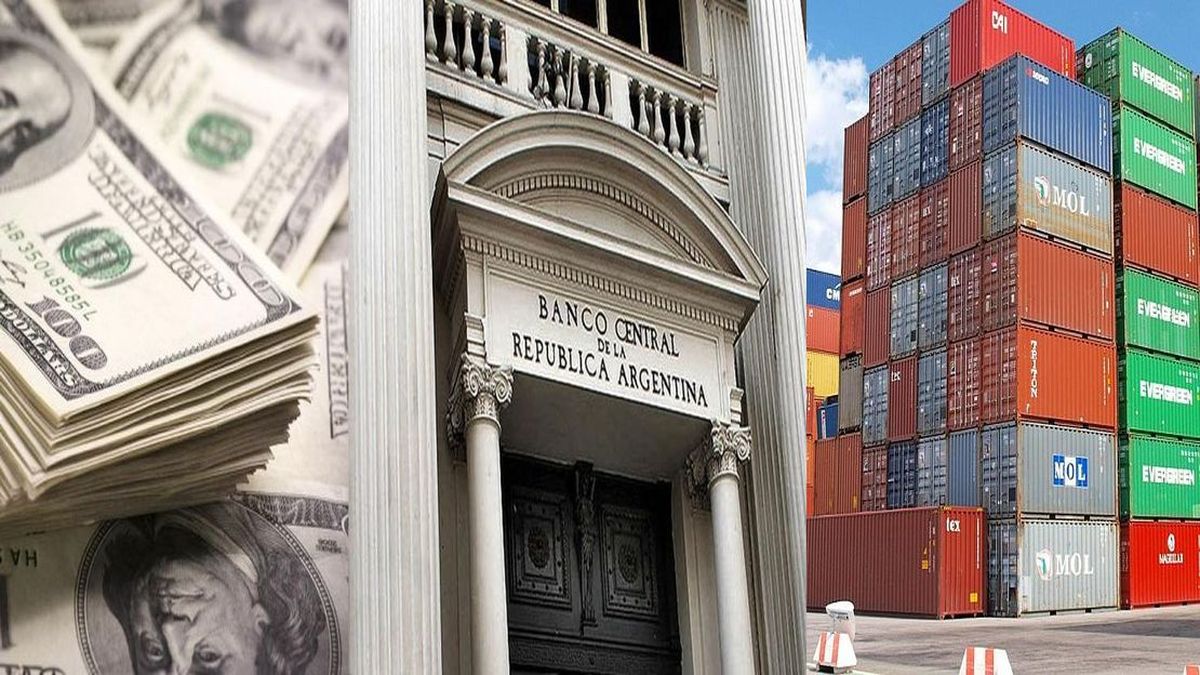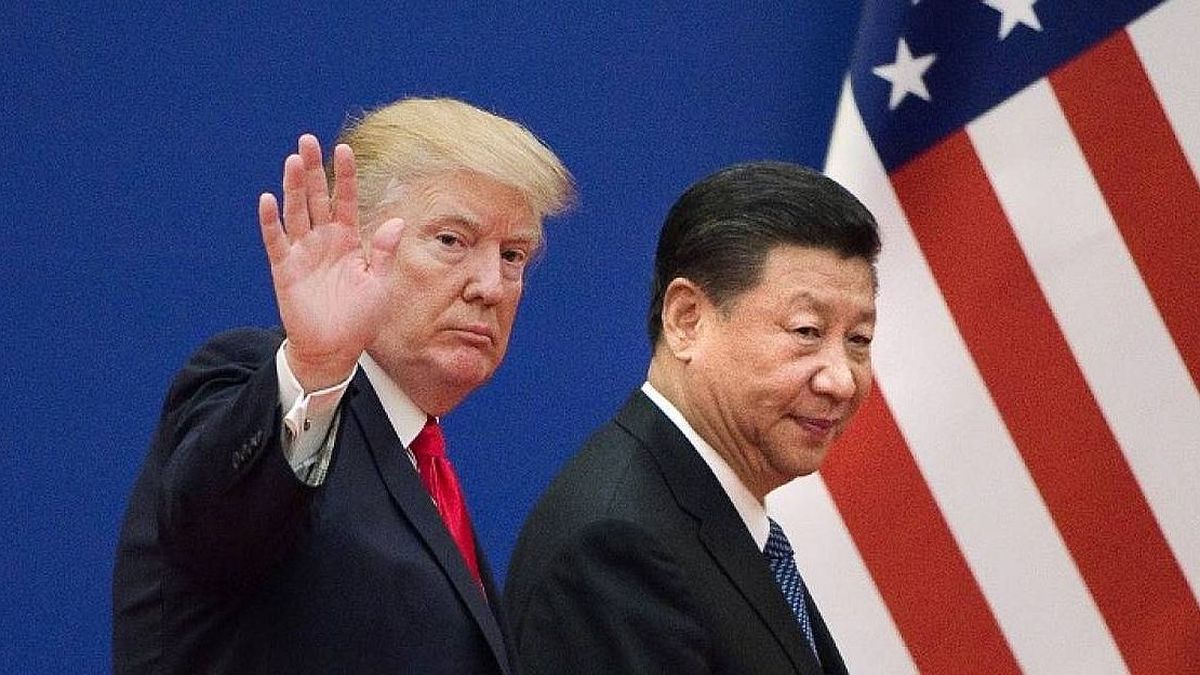This week the Central Bank again interrupted the tender for series 3 of BOPREAL, which until now had little demand from importers. Despite this interval, official sources confirmed to Ámbito that auctions will continue. Although the date has not yet been confirmed, in principle They could be resumed next Wednesday.
He BCRA had already decided to suspend the placements of the dollar bonus for importers during the two short weeks that occurred in the context of the Easter and April 2 holidays. At that time, the explanation had been precisely the fewer number of business days. However, after conducting the fifth 3-series tender on April 10 and 11, he now did the same in a regular five-wheel week.
When consulted by this media, Reconquista 266 avoided specifying the reasons. However, Ámbito learned that among some officials there is idea of making the auctions more spaced out to try to concentrate the reduced demand in each of the placements.
It happens that, unlike the first two series, the third garnered little interest from importing companies who maintain debts with their suppliers. Almost two months after its launch, in the five tenders that were carried out, series 3 of BOPREAL barely channeled US$1,083 million of the US$3,000 million scheduled by the Central. So, still About two-thirds of the total remain to be placed.
Almost from the beginning of the administration, BOPREAL was proposed by the economic team as an important piece of its transition strategy. This is the bonus for importers with commercial debts prior to December 12, which is subscribed with pesos but is denominated in dollars and which aims at several fronts at the same time: it was designed to decompress the situation of liabilities for imports (which also continue to grow due to the payment system staggered implemented by the current administration), to aspire pesos, to dollarize a portion of the BCRA’s remunerated debt and to take pressure off financial dollars.
In series 1 and series 2, the BCRA exhausted two quotas of US$5,000 million and US$2,000 million. For the third, a target amount of US$3 billion was set, but in five tenders it only achieved a third of what was scheduled.
It happens that, as Ámbito had anticipated, The characteristics of the 3 series make it less attractive than the previous ones for importers. The bonds of this series are authorized for transfer and negotiation in the secondary market, accrue interest in dollars at a nominal annual rate of 3% and are amortized in three quarterly installments, from November 2025 to May 2026. But, according to operators, there are two factors of its structure that work against it: on the one hand, it has longer amortization periods than series 2 (which has received foreign exchange flow since the middle of this year) and, on the other, it does not include tax benefits that the first one had (which did not pay PAIS tax and can be used to cancel obligations with the AFIP).
Another factor that made it less attractive was the compression of the exchange gap.. The fall of cash with settlement (CCL) starting in February and the subsequent stabilization below $1,100 (driven by the supply in the cash with settlement market generated by the blend dollar for exporters) made it eventually more difficult for importers It is more convenient to buy CCL to settle your debts than to subscribe to series 3 of the BOPREAL and download the title on the secondary market.
For both reasons, operators point out that a rapid takeoff in demand for BOPREAL series 3 in the next BCRA primary placements seems difficult. It did have good returns in the secondary market, with a rise of around 8% in the first half of April.
Commercial debt, reserves and BOPREAL
Among other objectives, BOPREAL aims to organize part of the large stock of commercial debt inherited, which grew strongly in 2023 in a context of currency shortages exacerbated by the drought. But the scheme applied by the current economic team did not stop the generation of new liabilities for imports: in fact, it accelerated strongly in recent months.
Between December and February (latest official data available), import payments reached US$9,400 million, an amount that far exceeded the US$7,491 million channeled via BOPREAL in the same period. The BCRA established in December a scheme of staggered access to the official dollar to cancel purchases abroad, which for most products was four installments of 25% each.
Thus, in December, barely 17% of the imports made were paid; in January, 23%; and in February, 41%. This opened a four-month window that allowed the Central Bank to go through the summer with net foreign currency purchases of about US$8,526 million between December 11 and February 29. However, these purchases were also lower than the new commercial debt generated, so Without stepping on the payment of imports there would have been no recovery of reserves.
Between April and May, the gap between imports made and imports paid will tend to close. It is then that the Government bets on accelerating foreign currency purchases within the framework of the large harvest. Meanwhile, agriculture is pushing for an improvement in the value perceived by its grains, either via an increase in the exchange rate (which the Government rejects) or a reduction in withholdings (which collides with the fiscal goal), in a context of fall in international prices.
Source: Ambito




